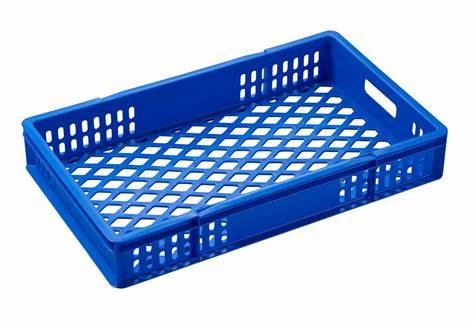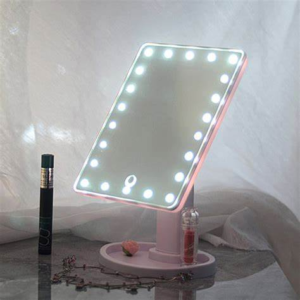Plastic trays are ubiquitous in everyday life, from kitchen use to industrial applications. Their versatility, durability, and cost-effectiveness make them an essential item in numerous settings. In this comprehensive guide, we’ll delve into the various aspects of plastic trays, including their types, uses, benefits, and care tips. We’ll also cover frequently asked queries on Google and YouTube.
What Are Plastic Trays?
Plastic trays are flat, shallow containers made from various types of plastics. They come in different shapes, sizes, and colors, designed to cater to a wide range of uses. The most common materials used in plastic trays include polyethylene (PE), polypropylene (PP), and polyvinyl chloride (PVC).
Types of Plastic Trays
Food Trays: Used in restaurants, cafeterias, and homes, these trays are designed to hold food items. They often feature compartments for different dishes and are made from food-grade plastics to ensure safety.
Industrial Trays: These trays are used in manufacturing and warehousing for handling, storing, and transporting goods. They are typically made from durable plastics like polypropylene or high-density polyethylene.
Medical Trays: Used in hospitals and clinics to organize medical instruments and supplies. These trays are often sterilizable and made from materials that can withstand high temperatures.
Storage Trays: These trays are used for organizing household items, office supplies, or small tools. They come in various sizes and can be stacked or nested to save space.
Plant Trays: Designed for gardening and horticulture, these trays are used to hold pots and seedlings. They are often perforated to allow for drainage.
Common Uses of Plastic Trays
Plastic trays serve multiple functions across various sectors. Here are a few of the most typical applications:
Serving Food: Plastic trays are often used to serve food in cafeterias, schools, and homes. Their lightweight nature makes them easy to handle and clean.
Organizing: In the kitchen, plastic trays help keep utensils, cutlery, and condiments organized and within easy reach.
Material Handling: In warehouses and factories, plastic trays are used to transport and store materials, components, and finished products.
Sorting: They are often used for sorting small parts or components during assembly or manufacturing processes.
Instrument Sterilization: Medical trays are used to sterilize and organize surgical instruments. They are designed to withstand autoclave conditions.
Drug Storage: Plastic trays are used to organize and dispense medications in pharmacies and hospitals.
Seedling Trays: Plant trays are used to grow seedlings before they are transplanted into the garden. They often have drainage holes to prevent waterlogging.
Benefits of Plastic Trays
Plastic trays offer several advantages, making them a popular choice across various industries and applications:
Durability: Plastic trays have a reputation for being robust and long-lasting. They can withstand significant wear and tear, making them suitable for both heavy-duty and light-duty use. Unlike metal trays, plastic trays do not rust or corrode.
Lightweight: Compared to metal or ceramic trays, plastic trays are much lighter. They are simpler to handle, move, and store thanks to this feature. The lightweight nature also reduces shipping costs.
Cost-Effective: Plastic trays are generally more affordable than their metal or ceramic counterparts. Their low production costs and long lifespan make them a cost-effective option for many applications.
Versatility: Plastic trays come in a variety of shapes and sizes, allowing them to be used in numerous settings. They can be customized to fit specific needs, such as having compartments or being stackable.
Easy to Clean: Plastic trays are typically easy to clean and maintain. They can be washed with mild soap and water and are often dishwasher safe. Some medical trays can be sterilized for use in sterile environments.
Hygienic: In food and medical applications, plastic trays can be made from materials that are resistant to bacteria and fungi. This feature helps maintain a hygienic environment.
FAQs
What is a plastic tray?
A plastic tray is a flat, often rectangular, dish made from various types of plastic. These trays are used for organizing, storing, and transporting items in a variety of settings, including homes, offices, and industrial environments. They come in different sizes, shapes, and colors to suit various needs.
Can Plastic Trays Be Used for Hot Foods?
Plastic trays made from heat-resistant materials like polypropylene can handle warm foods. However, avoid exposing plastic trays to high temperatures, as they may warp or release harmful chemicals. Always check the manufacturer’s specifications for temperature limits.
How Can I Prevent Plastic Trays from Warping?
To prevent warping, avoid exposing plastic trays to extreme temperatures, such as placing them in a hot oven or near a heat source. Additionally, use trays according to the manufacturer’s guidelines to ensure their longevity.
Are There Eco-Friendly Plastic Trays?
Yes, some manufacturers produce eco-friendly plastic trays made from recycled materials or biodegradable plastics. Look for products labeled as eco-friendly or sustainable to make a more environmentally conscious choice.
Conclusion
Plastic trays are versatile and valuable tools in various settings, from kitchens to industrial environments. Understanding the different types, uses, and benefits of plastic trays can help you make informed decisions about their use in your daily life. Whether you’re organizing your kitchen, managing materials in a warehouse, or working in a medical setting, there’s likely a plastic tray that fits your needs. By following proper care and recycling practices, you can ensure that your plastic trays serve you well while also minimizing their environmental impact.
To read more, Click Here .








